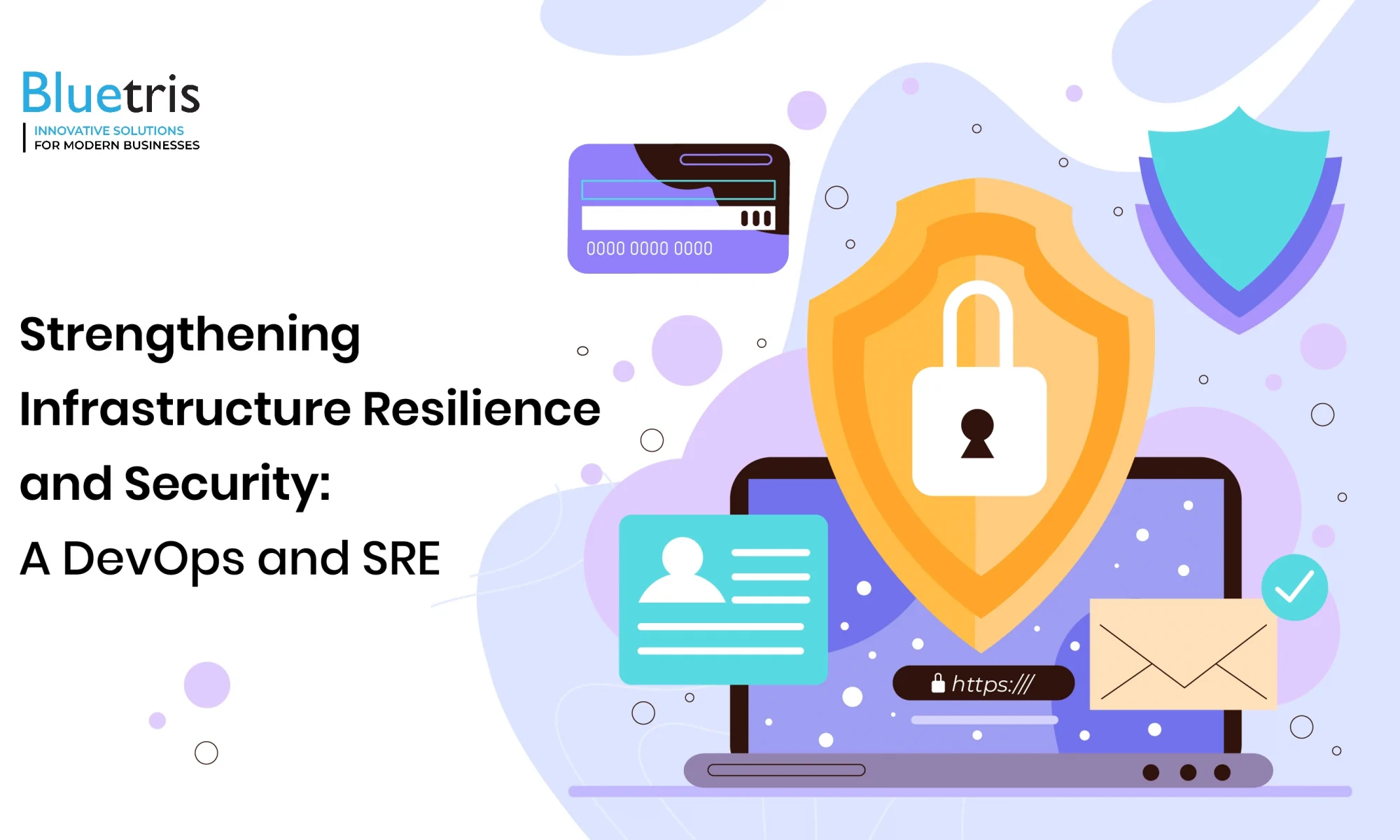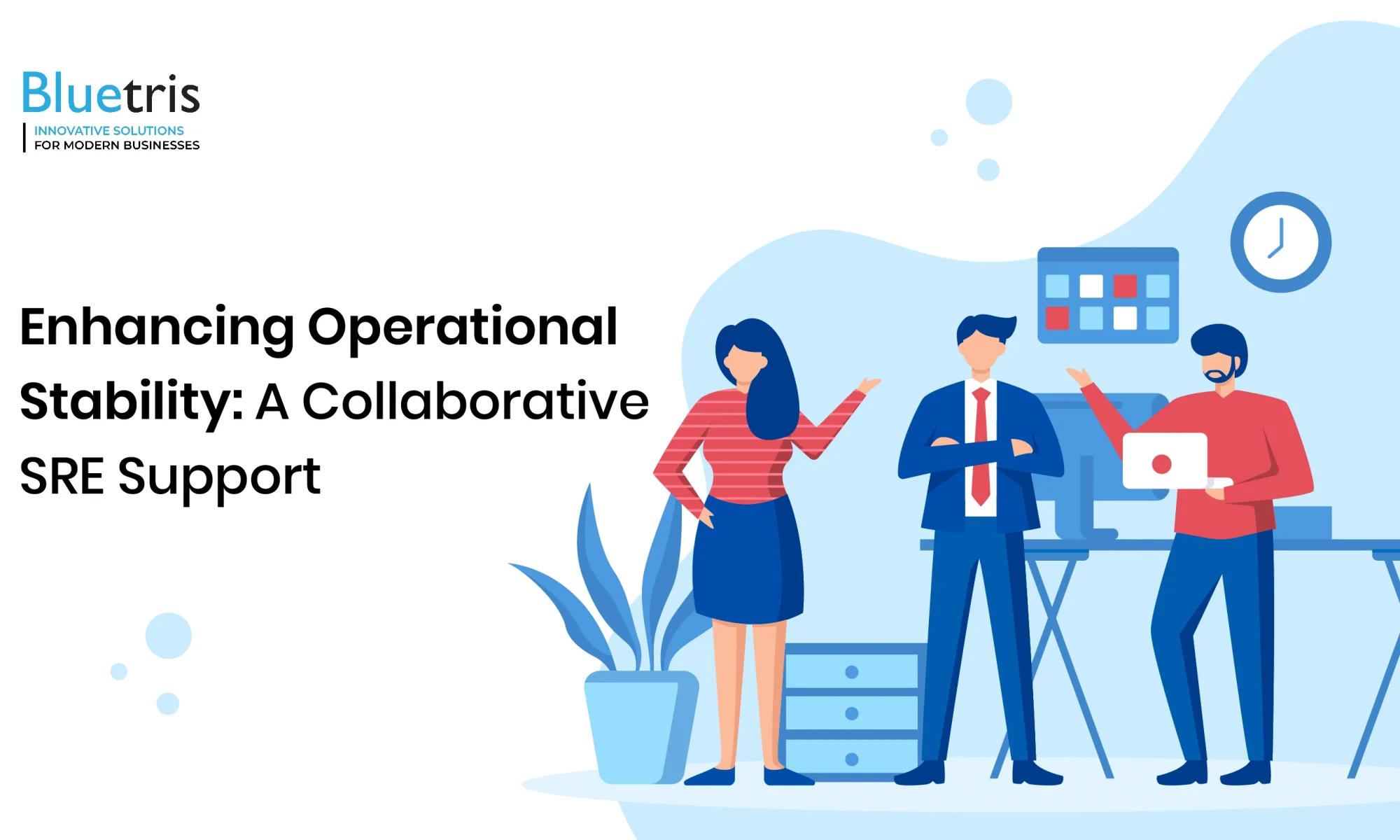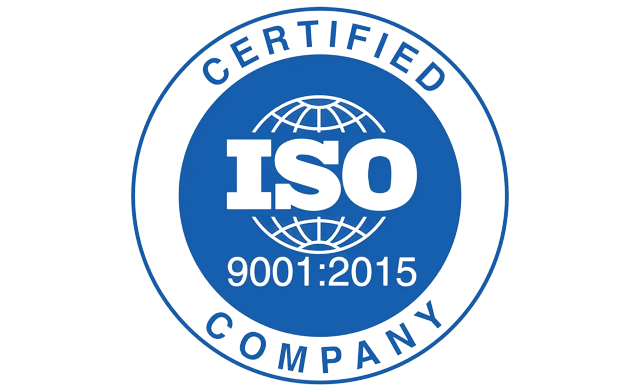Introduction
In today’s digital landscape, ensuring the resilience and security of infrastructure is paramount for businesses to thrive. This case study highlights the collaborative efforts of a team comprising DevOps engineers and Site Reliability Engineers (SREs) to fortify infrastructure security, implement disaster recovery measures, ensure high availability (HA), enable rollback capabilities, and prevent cyberattacks for a leading technology company.
Client Overview
Our client, a rapidly growing technology firm, recognized the critical importance of infrastructure resilience and security to safeguard their digital assets and maintain uninterrupted operations. With a dynamic and rapidly evolving ecosystem, they sought a robust solution to fortify their infrastructure against potential threats and mitigate risks associated with system failures and cyberattacks.
Challenges
- Security Vulnerabilities: The client’s infrastructure was susceptible to security breaches and cyber threats due to outdated security measures and lack of proactive monitoring.
- High Availability Requirement: With a global user base and round-the-clock operations, achieving high availability to minimize downtime and ensure uninterrupted service delivery was imperative.
- Disaster Recovery Preparedness: The absence of a comprehensive disaster recovery plan left the client vulnerable to data loss and prolonged downtime in the event of system failures or catastrophic events.
- Rollback Mechanism: The inability to roll back changes seamlessly in case of deployment failures or adverse impacts on system performance hindered agility and risked service disruptions.
- Attack Prevention: Proactively identifying and mitigating potential cyber threats and attacks to safeguard sensitive data and maintain business continuity posed a significant challenge.
Solution: To address these challenges, our team of DevOps engineers and SREs collaborated closely to design and implement a multifaceted solution encompassing infrastructure security enhancements, disaster recovery measures, HA implementation, rollback capabilities, and proactive attack prevention mechanisms.
Implementation Steps
Infrastructure Security Enhancements:
- Conducted a comprehensive security audit to identify vulnerabilities and weaknesses in the existing infrastructure.
- Implemented industry best practices for access control, encryption, and network segmentation to strengthen security posture.
- Deployed intrusion detection and prevention systems (IDS/IPS) to monitor and mitigate potential security threats in real time.
Disaster Recovery Planning:
- Developed a robust disaster recovery plan encompassing backup and restoration procedures, failover mechanisms, and incident response protocols.
- Leveraged cloud-based backup solutions and off-site data replication to ensure data integrity and resilience against system failures or natural disasters.
High Availability Implementation:
- Designed and implemented redundant architecture and failover mechanisms to minimize downtime and ensure continuous service availability.
- Utilized load balancing and auto-scaling technologies to distribute traffic evenly and dynamically scale resources based on demand.
Rollback Mechanism Enablement:
- Implemented version control systems and automated deployment pipelines to facilitate seamless rollback of changes in case of deployment failures or adverse impacts.
- Conducted thorough testing and validation of rollback procedures to ensure reliability and minimize disruption to service.
Proactive Attack Prevention:
- Deployed advanced threat detection and mitigation tools to identify and neutralize potential cyber threats before they can exploit vulnerabilities.
- Conducted regular security audits and penetration testing to assess system resilience and identify areas for improvement.
- Implemented security awareness training programs for employees to mitigate the risk of social engineering attacks and human errors.
Results
- Enhanced Security Posture: The implementation of robust security measures and proactive monitoring mechanisms significantly reduced the client’s exposure to security threats and vulnerabilities.
- Improved Resilience and Availability: The adoption of HA architecture, disaster recovery planning, and rollback capabilities minimized downtime and ensured uninterrupted service delivery, even in the face of system failures or adverse events.
- Effective Risk Mitigation: Proactive attack prevention measures and continuous security monitoring helped mitigate the risk of cyberattacks and safeguard sensitive data, maintaining business continuity and customer trust.
- Streamlined Operations: Automation of deployment pipelines and rollback procedures streamlined operations, enhanced agility, and reduced the time to recover from incidents.
- Scalability and Flexibility: The modular and scalable nature of the implemented solutions allowed the client to adapt to evolving business requirements and scale their infrastructure seamlessly.
Conclusion
The collaborative efforts of our DevOps engineers and SREs resulted in a resilient and secure infrastructure that enables our client to operate with confidence in today’s dynamic threat landscape. By leveraging best practices and cutting-edge technologies, we fortified the client’s infrastructure against potential risks, ensuring continuity of operations and delivering unparalleled value to their stakeholders. This project exemplifies our commitment to excellence and innovation in infrastructure management and security.




